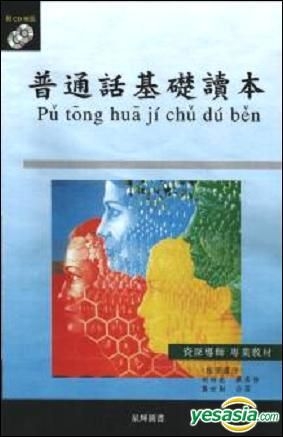
A syllable in Chinese consists of three parts: tone, initial, and final. Secondly, there is a tendency toward monosyllabism in Chinese. For example, tāng 汤 = soup, táng 糖 = sugar, tǎng 躺 = lie down, and tàng 烫 = hot or mā 妈 = mother, má 麻 = hemp, mǎ 马 = horse, and mà 骂 = scold. The meaning of a syllable may change if and when the tone changes. These four tones are represented by tone marks placed on the main vowel of a syllable. For example, the Mandarin language uses four tones: high level, high rising, falling rising and high falling. Tone is a significant pitch: when the pitch of a syllable changes, its meaning also changes.

The Beijing dialect consists of clear and simple sounds it has 21 initial sounds and 36 final sounds, and four tones (as opposed to, say, Cantonese that has nine tones).įirstly, Chinese is a tonal language.

Many Chinese classical novels were written in either the Beijing dialect or in dialects linguistically close to the Beijing dialect, and the popularity of these novels contributed to the increasing use of the dialect.The Beijing dialect is intelligible over a greater area than all the other dialects: about 70% of the population speak Mandarin from northeastern provinces, south to Yangtzu valley and southwest to Sichuan and Yunnan provinces.As Beijing has been the national center for political, commercial and academic activities, its dialect has become widely used and accepted as the official language for communication among people from different dialectal regions. Historically, Beijing (Peking) has been the national capital for over one millennium from Liao, through the Jin, Yuan, Ming up to Qing dynasties.Its adoption as the commonly spoken language is founded on the following factors: Pu tong hua is based on the pronunciation of the Beijing dialect. Although the various dialects are still in use and people often retain their native dialects while living in another region, the Chinese government has been promoting a unified, standard language, which is called, “pu tong hua” (commonly spoken language) in mainland China or “guo yu” (national language) in Taiwan. Generally speaking, the writing system is identical in all dialects however, the grammatical structures vary slightly, and the pronunciations and the number of tones differ greatly from dialect to dialect. The Chinese language roughly comprises ten main dialects: Northern Mandarin, Southwestern Mandarin, Eastern Mandarin, Xiang, Gan, Kejia, Wu, Northern Min, Southern Min, and Yue (Cantonese).

Chinese, the Han language, is the predominant language in China spoken by more than 93% of the population.


 0 kommentar(er)
0 kommentar(er)
